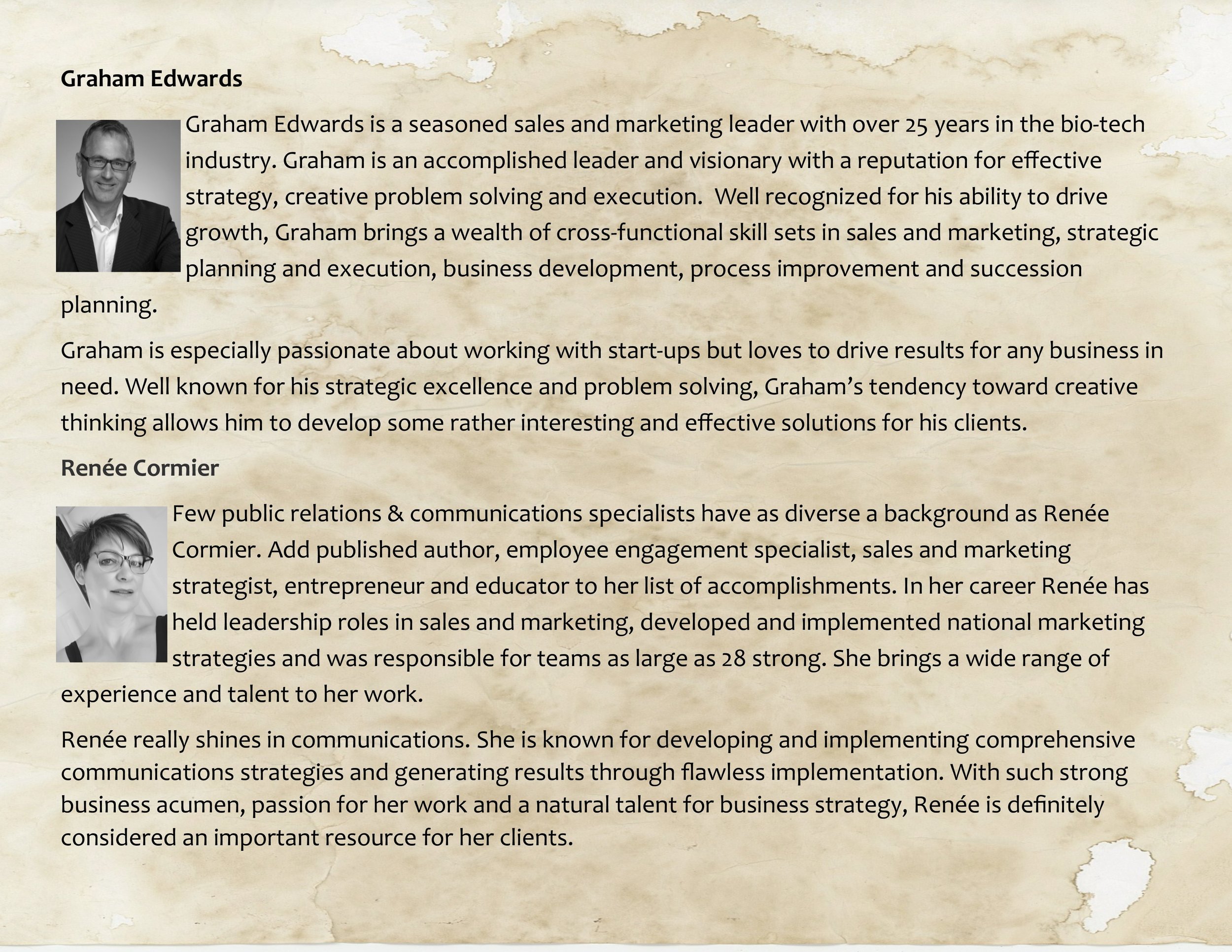The messaging of an idea... feedback — PART 4
As Renée Cormier and I continue to work our way though "The messaging of an idea" (in an attempt to offer perspective and build discussion to get really good at it) I received a comment on my last blog post.
Lisa Gallagher had offered some perspective on presentations and mentioned she had hoped I would have offered an example of a "good one" — due to confidentially agreements and sensitivity to people's privacy it is actually easier said than done. Recently though I was speaking to an associate of mine and he had no issue with me using one of his recent presentations as an example. He is always looking to promote his business, expand his social media strategy, and is always looking for feedback (which it seems scores a solid 20).
What I am including here is a video of the presentation, which does move the conversation from simply about the format and structure of a PowerPoint slide deck to something bigger —
- How is the presenter using the slide deck?
- How are his abilities as a speaker?
- What is the utility of using a PowerPoint slide deck for a video
- What about the video itself
- Et cetera...
The Presentation —
To Lisa's original request, if you want to consider the slide deck itself it would be best to mute the video and follow the presentation through from beginning to end — overall I think this is a rather "tight" slide deck that tells a story, identifies the important points for consideration, and it isn't much of a leap to envision the narrative of the presenter.
But of course a slide deck does need a presenter, and this expands the considerations for optimizing the messaging of an idea, and starts to scratch at the modes (channels) that can be used to that end —
- What the presenter says and how he says it.
- Considerations as to when you expand to different modes of messaging.
- Managing your resources to get the most you can without compromising your message.
- Is what you are doing aligned with your strategy?
- Et cetera...
In the end thought it's just a PowerPoint deck, and although it has lots of utility, messaging an idea is much more than simply having a slick, tight, PowerPoint presentation, and presenter.
And now to the point of all of this (other than getting Lisa her slide deck example), which is the importance of getting constructive feedback; something needed to progress your idea. Feedback is how you pressure test your idea (or whatever you are presenting) to ensure it can withstand the real world. That feedback is then used (in context with your objectives and strategies) to ensure your messaging is exactly what you want (or need).
Having given Renée a heads up that a simple question would be coming her way, I will ask it now — "So Renée (and anyone else for that matter), can I get your thoughts on the presentation and the video, as well as your constructive feedback?"
There is courage in asking for feedback, and it is important to appreciate two things in doing so —
1) There is never any growth without feedback.
and
2) “It is not the critic who counts; not the man who points out how the strong man stumbles, or where the doer of deeds could have done them better. The credit belongs to the man who is actually in the arena, whose face is marred by dust and sweat and blood; who strives valiantly; who errs, who comes short again and again, because there is no effort without error and shortcoming; but who does actually strive to do the deeds; who knows great enthusiasms, the great devotions; who spends himself in a worthy cause; who at the best knows in the end the triumph of high achievement, and who at the worst, if he fails, at least fails while daring greatly, so that his place shall never be with those cold and timid souls who neither know victory nor defeat.” —Teddy Roosevelt
iamgpe





